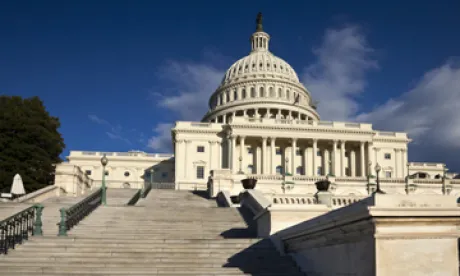Late last month, President Biden fulfilled a campaign pledge by issuing his Executive Order on Increasing the Minimum Wage for Federal Contractors. The new executive order will raise the minimum wage for certain employees of certain federal contractors to $15 an hour. While the significance of the executive order should not be underestimated, the hype surrounding its issuance may have given the impression that its immediate effect is much greater than it is. A deeper dive reveals that the new executive order actually applies only to a narrow range of federal contracts:
-
Procurement contracts for services or construction
-
Contracts for services covered by the Service Contract Act
-
Contracts for concessions
-
Contracts “entered into with the Federal government in connection with Federal property or lands and related to offering services for Federal employees, their dependents, or the general public”
Significantly, the new executive order does not apply to the vast majority of federal contracts, including contracts for the purchase and sale of manufactured products or most federal contracts with banks and other financial institutions. Additionally, it will apply only to new “covered” contracts solicited after January 30, 2022, or issued after March 31, 2022, or to extensions or amendments to covered contracts issued after March 31, 2022.
Workers covered by the new executive order are already earning at least $10.95 an hour under Executive Order (E.O.) 13658, issued by President Obama in 2014 (and not rescinded during the Trump administration). E.O. 13658 covered the same group of federal contractors and workers and originally set a floor of $10.10 an hour. E.O. 13658 included an annual escalator that automatically increased the floor based on increases in the inflation rate and the Consumer Price Index, which brought it to the current $10.95 an hour. The new executive order includes a similar annual escalator.
Regarding the contracts it will cover, the new executive order likely will not have much impact on federal construction contract workers above unskilled and helper classifications, since the prevailing wages that federal construction contractors are currently required to pay for most skilled construction jobs under the Davis-Bacon Act are already much higher than $15 an hour. Where the new executive order likely will have the most impact is in the service contract sector, which includes hospital and nursing home workers, food service workers, security and prison guards, janitorial and housekeeping workers, and other EEO-1 category 9 service workers.
Notwithstanding the relatively narrow scope of the executive order, it may well have a broader impact, which, of course, is the intent. First, it likely will have a natural ripple effect on the wages of some covered workers who already are earning $15 an hour or above. In other words, as the wage rates for lower-paid covered workers increase, so will those of higher-paid covered workers. Second, it will increase the pressure on employers that are not covered by the executive order to keep pace in the competition for qualified workers. Third, as the economy continues to recover and expand from the effects of the pandemic and the stimulus legislation already passed by Congress, it likely will build support for amending the Fair Labor Standards Act to increase the federal minimum wage for all workers, currently at $7.25 an hour and last increased during the administration of President George W. Bush, when many of today’s minimum wage earners were not yet born.




 />i
/>i

